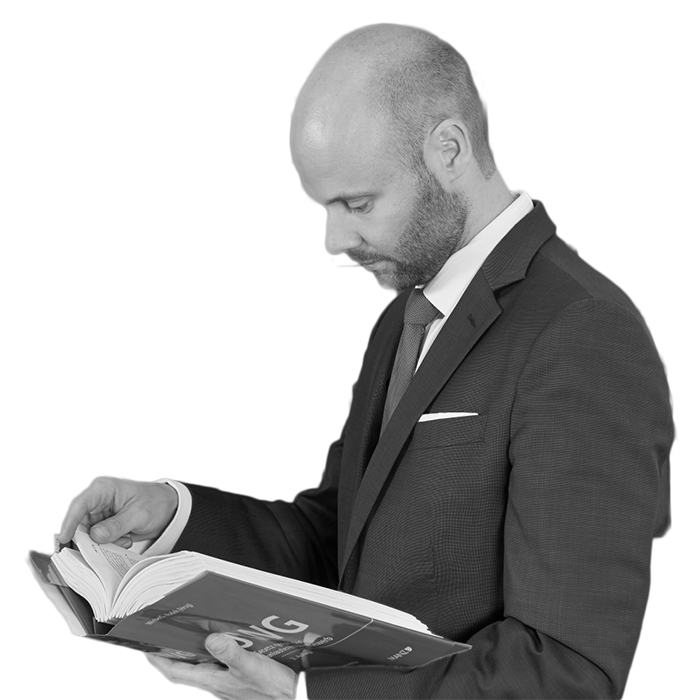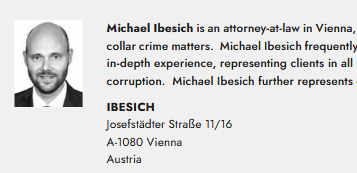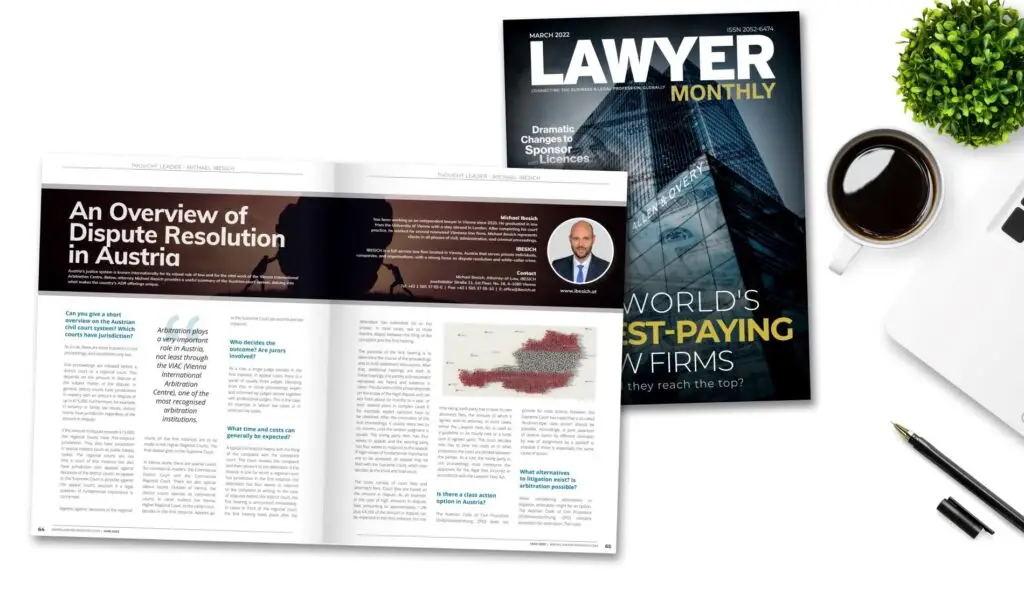According to the legal definition of Section 1293 ABGB, damage is any disadvantage caused to someone’s property, rights or person. This is to be distinguished from the lost profit, which one has to expect according to the ordinary course of events.
With regard to damage, a distinction can be made between different terms or types of damage. Thus, one speaks of pecuniary damage if the damage can be measured in money (e.g. treatment costs in hospital). However, if the damage cannot be measured in money, it is immaterial or moral damage (e.g. pain per se). Immaterial damages are only compensated if this is expressly provided for by law. This is the case, for example, with compensation for pain and suffering in the event of bodily injury or invasion of privacy.
In the context of pecuniary damages, there is a further distinction between positive damage and loss of profit. Positive damage is the reduction in assets resulting from the destruction of a legal asset (e.g. purchase of a new telephone after damage). In this context, it is also important to take into account the so-called “mercantile diminished value”, which is also compensable. A prime example is a car damaged in an accident, which is worth less despite being repaired.
The positive damage is contrasted by the lost profit – i.e. the loss of the opportunity to make a profit due to the damage. However, the lost profit is only compensated in cases of (at least) gross negligence. Commercial entities are an exception to this rule – they must compensate other commercial entities for lost profits even in cases of slight negligence.
If both the positive damage and the lost profit are compensated, one speaks of full satisfaction.







